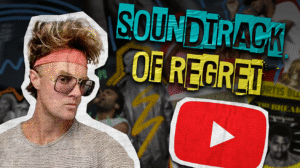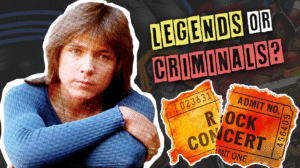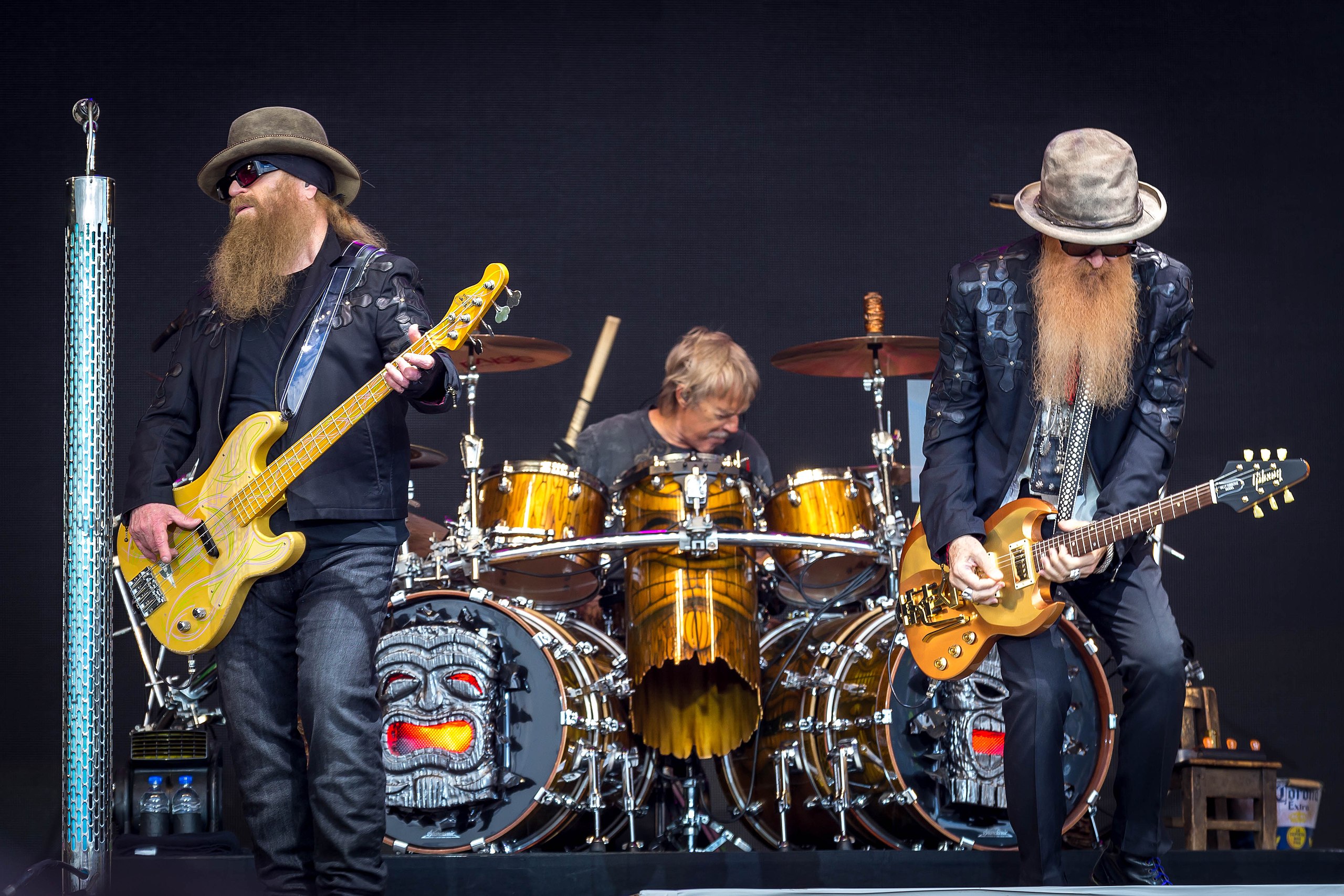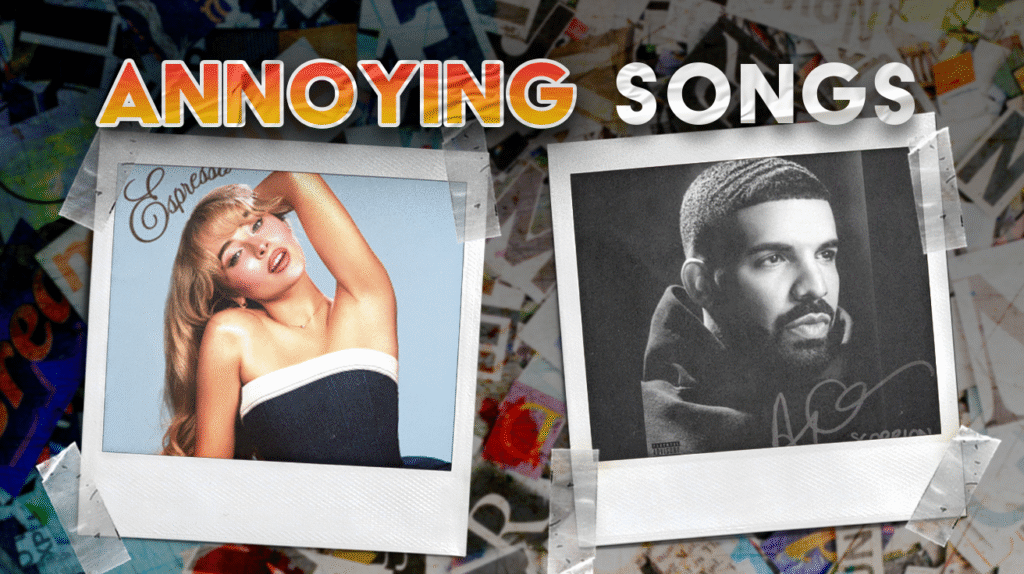
Music embodies our collective consciousness—sometimes pure brilliance, other times spectacular failure. When songs reach critical mass but leave behind toxic residue, they become case studies in what happens when commercial appeal crashes into artistic integrity. These tracks rode high on charts while simultaneously making listeners reach for the skip button with the urgency of escaping a burning building.
But what transforms a hit into sonic kryptonite? Sometimes it’s the inescapable prison of overexposure. Other times, it’s production so formulaic it feels assembled in a corporate laboratory rather than a studio. And occasionally, it’s the hollow echo of authenticity abandoned at the mixing board.
20. Plutoski by Future

Beneath a glossy exterior, “Plutoski” reveals the painful disconnect between production excellence and artist commitment. The star-studded production team of Southside and Wheezy laid groundwork for something revolutionary, but Future’s delivery landed with all the impact of a deflated basketball.
The moaning hook grows tiresome faster than a TikTok dance challenge past its prime. The contrast between pristine production and half-hearted performance creates cognitive dissonance that leaves listeners frustrated and confused. For anyone searching for the perfect example of squandered potential in modern hip-hop, the track stands as prime evidence in the ongoing case against artistic complacency.
19. Carnival by Kanye West

“Carnival” demonstrates how quickly novelty transforms into a nuisance. Released in February 2024 as the third single from Vultures 1 by ¥$ (Kanye West & Ty Dolla Sign) featuring Rich the Kid and Playboi Carti, this track initially gained traction through sheer volume and momentum.
The song follows the classic trajectory of viral fatigue—initial curiosity transforms into active avoidance within weeks. Those arena-ready chants became earworms that burrowed too deep, creating auditory exhaustion for many listeners. With every stadium-sized beat, the track loses another listener seeking substance beneath the noise—a cautionary tale of how excessive bombast becomes burden.
18. Rich Baby Daddy by Drake
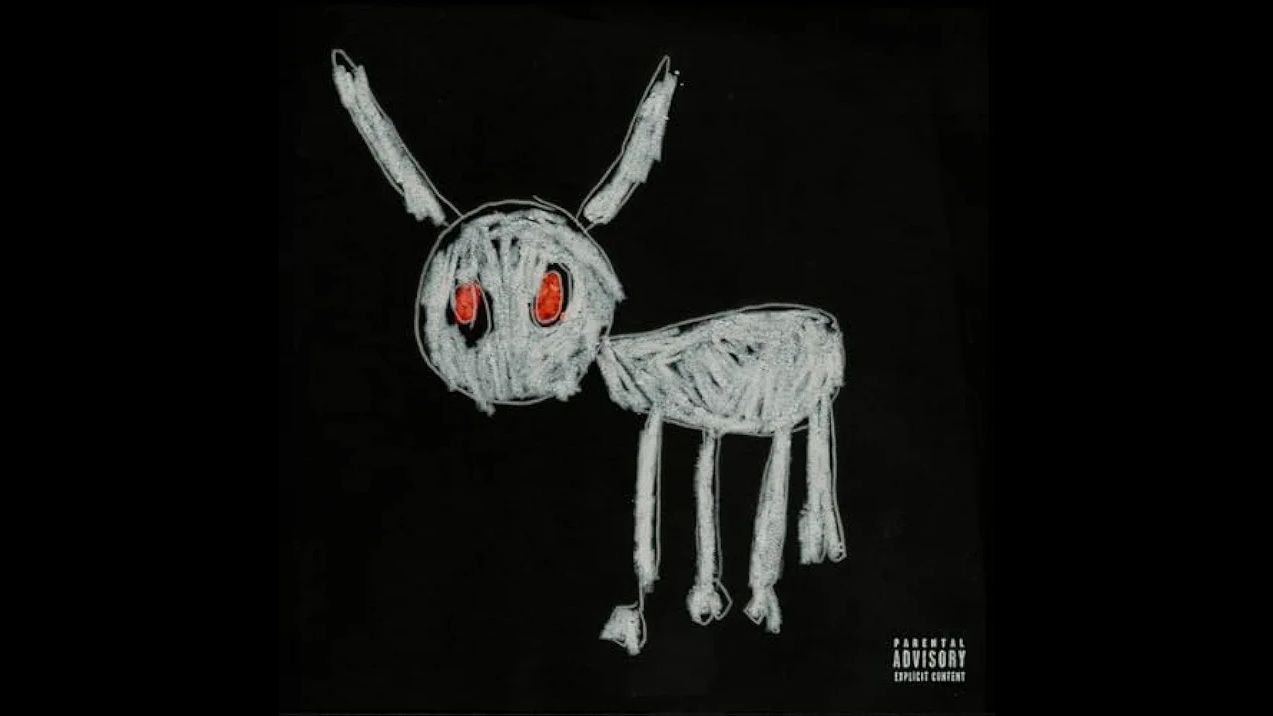
If you’re seeking the textbook definition of diminishing returns, “Rich Baby Daddy” delivers a masterclass in how repetition kills potential. This collaboration arrived with promising ingredients—Drake’s commercial gravity, Sexyy Red and SZA’s vocal contributions, and production sharp enough to cut through streaming algorithms.
The repeated refrain hammers with the subtlety of a toddler discovering pots and pans for the first time. Even SZA’s contributions—the track’s clear highlight—get overshadowed by this structural malpractice.
17. Upset by Drake
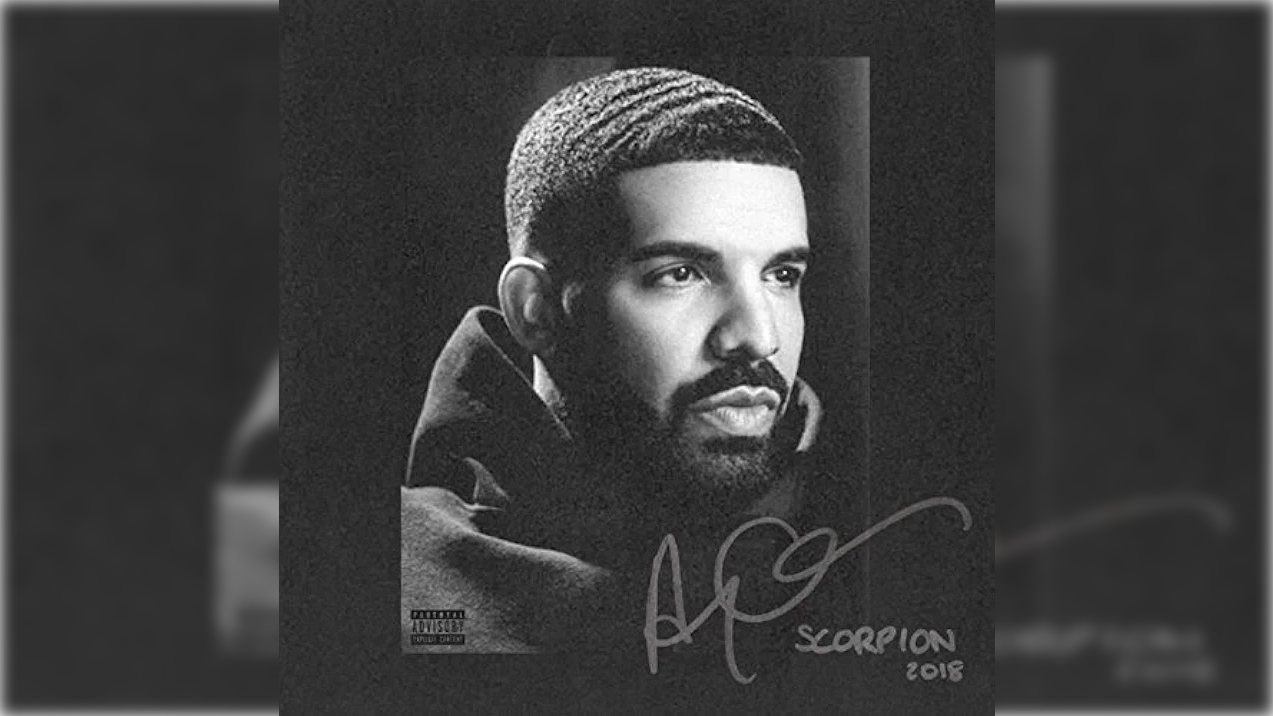
Flat tires ruin journeys, and “Upset” similarly deflates any momentum from Drake’s Scorpion album with its stunning mediocrity. Released on June 29, 2018 as part of the Scorpion album, Upset epitomizes music created to fill space rather than inspire feeling.
Drake navigates basic trap production with minimal enthusiasm or energy. The resulting track exudes the same warmth as lukewarm coffee—neither hot enough to energize nor cold enough to refresh. “Upset” represents sonic wallpaper—present but unnoticed, consumed but never savored. Fortunately for Drake, despite poor tracks like this, he isn’t among the most hated rappers in the industry.
16. Broadway Girls by Lil Durk and Morgan Wallen

Night visibility may improve with proper lighting, but “Broadway Girls” proves that seeing musical incompatibility clearly doesn’t make it any less painful. This collaboration between Lil Durk and Morgan Wallen, released December 17, 2021, attempts fusion between Chicago drill and Nashville country.
The track creates uncomfortable tension and artistic confusion throughout its runtime. What could have pioneered exciting new territory instead delivers an awkward energy that satisfies neither fanbase. This standout failure crams two distinct styles into an uncomfortably cramped space, proving that not all musical experiments deserve to leave the laboratory.
15. Breathe by Yeat
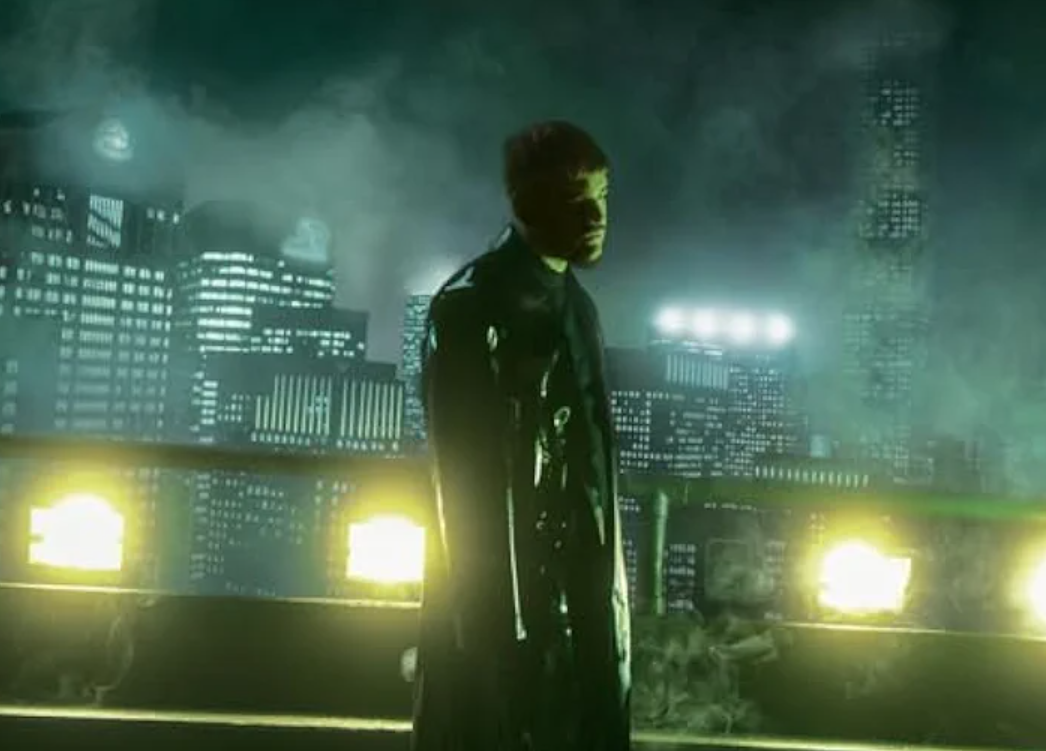
The attention economy has transformed music creation, and “Breathe” by Yeat stands as compelling evidence of algorithms triumphing over artistry. With pitch-altered vocals that sound plucked from a rejected cartoon soundtrack, this track rode meme momentum while abandoning basic listenability.
The novelty wears thin almost immediately after the first listen. What remains is the hollow shell of algorithmic success—a track designed for shares rather than sustained appreciation. “Breathe” exists as a digital artifact of our attention economy, where momentary engagement trumps lasting impact. Caught in the flood of content optimized for clicks rather than connection? This song showcases peak virality-over-value prioritization.
14. Think of It by KSI

Converting YouTube fame into musical credibility presents unique challenges, as “Think of It” by KSI painfully demonstrates. This Trippie Redd collaboration delivers music that sounds assembled through corporate focus groups rather than artistic vision. The track’s manufactured quality lacks authenticity at every turn.
KSI’s self-aware marketing couldn’t overcome fundamental creative bankruptcy. His strategy mirrors someone announcing their weaknesses at a job interview as though acknowledgment alone deserves praise. The resulting track exists as neither successful pop nor credible artistic statement but something trapped in the purgatory between—content that fills algorithmic quotas without resonating emotionally.
13. Peaches & Eggplants by Young Nudy

“Peaches & Eggplants” by Young Nudy shows what happens when shock value substitutes for substance. This calculated attention grab follows a predictable formula: suggestive title + explicit lyrics + repetitive hook = instant social media currency.
The track provides momentary dopamine through recognition rather than quality—similar to late-night fast food that satisfies temporarily but leaves you empty afterward. Repetitive ad-libs hammer with relentless persistence throughout. “Peaches & Eggplants” encapsulates modern attention economics, where fleeting engagement trumps lasting impression. For Gen-Z listeners hoping for meaningful content beneath the provocative packaging, this particular offering delivers only hollow calories.
12. Astronaut In The Ocean by Masked Wolf

This song appears substantial but collapses under scrutiny – “Astronaut In The Ocean” perfected musical illusion without substance. Initially released June 7, 2019, then re-released in October 2020 before exploding in early 2021, this song creates the same response as inspirational quotes that mean nothing when examined closely.
The performer delivers technical adequacy without emotional investment or depth. The resulting track functions less as music and more as audio wallpaper—present but meaningless, consumed yet unfelt. “Astronaut In The Ocean” feels like content optimized for algorithms rather than humans, creating an unsettling disconnect between popularity and quality. Night visibility becomes impossible when floating in an ocean this shallow.
11. Godzilla by Eminem

Speed without direction rarely reaches meaningful destinations, as “Godzilla” proves with technical virtuosity divorced from emotion. Released January 28, 2020, Godzilla delivers impressive statistics without a memorable feeling or resonance.
The late Juice WRLD provides the track’s only human warmth, yet even this contribution drowns beneath speed-rap theatrics. The resulting song functions like watching someone solve a puzzle in record time—momentarily impressive but ultimately hollow unless you’re specifically into competitive speed demonstrations. “Godzilla” demonstrates how technical achievement alone creates admiration rather than connection. If you’re searching for emotional resonance beneath the technical fireworks, prepare for disappointment.
10. WAP by Cardi B
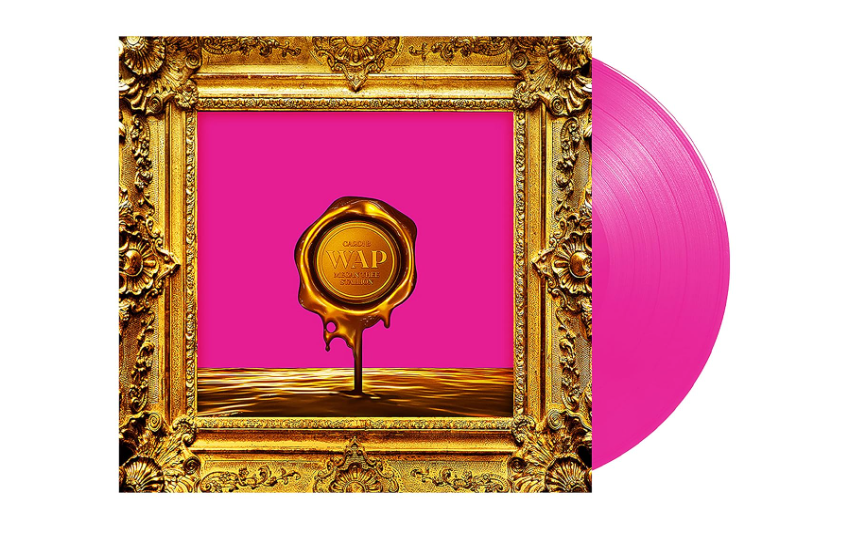
Bold and unapologetic, “WAP” generated an astounding 93 million first-week streams in the US while redefining public conversation. This August 2020 release by Cardi B featuring Megan Thee Stallion didn’t just enter the discussion—it redesigned the entire dialogue about female expression and sexuality.
The track carries significance far beyond its musical composition—serving as battlefield and rallying cry simultaneously. Its explicit celebration of feminine desire provoked predictable outrage from conservative corners. “WAP” transcended music to become a societal milestone—less about streams and more about voices historically silenced suddenly broadcasting at maximum volume, creating fault lines across generational and political landscapes that continue reverberating through pop consciousness.
Interestingly, many controversial songs follow a pattern where initial rejection transforms into appreciation over time, as seen with other top 10 hated songs that became loved.
9. Stir Fry by Migos

If you’re tired of conventional production, “Stir Fry” initially offered refreshing innovation before familiarity bred contempt. Released December 20, 2017, this Pharrell-produced Migos track deployed distinctive production elements that initially registered as fresh before rapidly transforming into sonic annoyances.
Those signature whistles and synths function like an exotic spice—exciting on first taste, overwhelming by the third serving. What began as distinctive swiftly became disturbing through relentless exposure across commercials, sports events, and radio. “Stir Fry” illustrates the double-edged sword of distinctive production—the same elements that make a track initially stand out eventually transform it into actively avoided content. Unique production styles often become their own parody faster than artists can pivot.
8. Hiss by Megan Thee Stallion
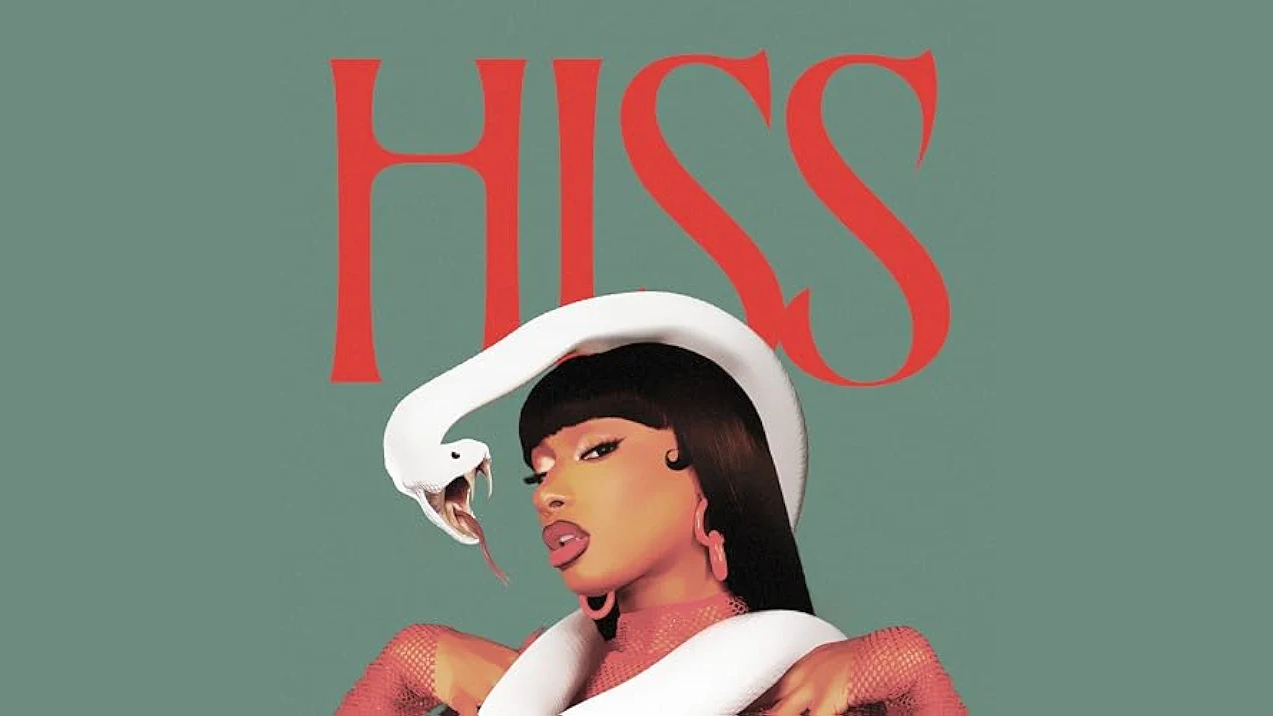
Linguistic experimentation drives initial curiosity but seldom sustains long-term engagement, as “Hiss” demonstrates with clinical precision. Released January 26, 2024, the track ignited TikTok through novelty before revealing structural limitations underneath.
The Japanese rap sections created fascination similar to exotic menu items ordered primarily for Instagram rather than taste. Initial social media explosion gave way to fatigue as the track saturated feeds with the persistence of sponsored content. “Hiss” demonstrates the temporary power of novelty in consumption—how quickly public currency gained through uniqueness depreciates once the surprise factor fades. This song offers stylish presentation but minimal protection against the elements of sustainable musical engagement.
7. All My Life by Lil Durk ft. J. Cole
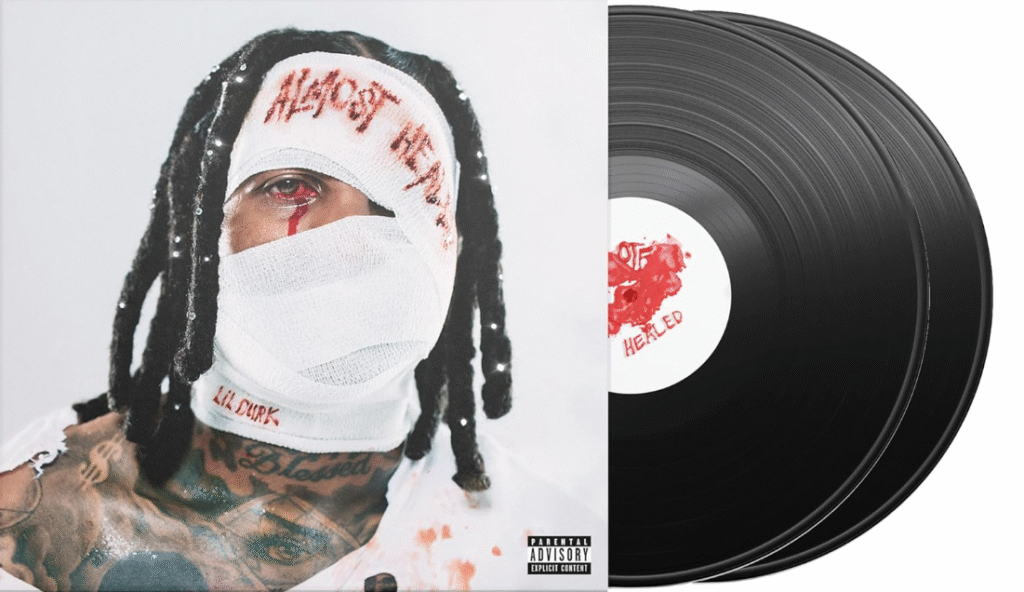
The authenticity problem haunts commercial inspiration, and “All My Life” by Lil Durk featuring J. Cole stumbles directly into this trap. This collaboration attempted emotional resonance through assembly-line inspiration—combining children’s choir, uplifting lyrics, and melodic production.
The calculated nature of its construction creates uneasiness similar to watching staged “candid” moments on reality TV. Heavy vocal processing further distances the performance from anything resembling raw emotion. “All My Life” functions as musical stock photography—technically appropriate but fundamentally generic, designed to represent universal experience without actually embodying it. The resulting track delivers motivation with all the emotional impact of a corporate retreat trust fall—technically successful but forgettable.
6. Happy by Pharrell Williams

Forced positivity creates eventual negativity, as “Happy” proves through its transformation from celebration to sonic harassment. Released June 18, 2013, this track infected every possible public space with the persistence of confetti that never gets cleaned up.
The repetitive chorus (with “happy” appearing approximately 57 times) creates the same psychological response as forced positivity in uncomfortable situations—artificial and eventually grating. Relentless exposure across commercials, hold music, and public events transformed enjoyment into active aversion within months. “Happy” proves that context matters more than content—even genuine joy becomes torturous when force-fed without relief, consent, or appropriate timing.
5. I Don’t [__] With You by Big Sean ft. E-40

Specific emotional expressions have natural expiration dates, as “I Don’t [__] With You” demonstrates with its rapidly aging spite. Released September 19, 2014, this track captured temporary satisfaction through its cathartic chorus and energetic production, including contributions from Kanye West.
The track functions like venting after a breakup—powerful in the moment but increasingly uncomfortable as emotional distance grows. Contemporary references embedded throughout create the same dating effect as slang from previous decades—immediate indicators of specific zeitgeist moments rather than universal expressions. “I Don’t [__] With You” stands as temporal snapshot rather than lasting statement—a reminder that emotional reactivity rarely transforms into enduring art.
4. Super Freaky Girl by Nicki Minaj

This song saves creative space by recycling familiar material without sacrificing commercial appeal. Released August 12, 2022, “Super Freaky Girl” by Nicki Minaj leans heavily on Rick James’ 1981 classic “Super Freak,” offering contemporary packaging of established musical currency.
The resulting song creates satisfaction similar to nostalgia-bait movie remakes—familiarity without the original magic that made it special. While technically successful in execution, the creative recycling feels calculated rather than inspired. “Super Freaky Girl” represents modern content strategy in musical form—leveraging established IP for guaranteed engagement rather than risking truly original expression. If you’re searching for innovation beneath the familiar bassline, prepare for disappointment.
3. Staying Alive by DJ Khaled ft. Drake & Lil Baby

Online reception remained deeply divided on “Staying Alive” despite its star-studded lineup, proving fame alone can’t manufacture quality. Released August 26, 2022, this collaboration attempted relevance through familiar reference (Bee Gees’ classic) and A-list talent, yet achieved neither innovation nor satisfaction.
The track’s reception mirrors audience response to big-budget films with impressive casts but terrible scripts—disappointment intensified by wasted potential. These established artists delivered performances with minimal enthusiasm or commitment. “Staying Alive” stands as testament that genuine creativity can’t be manufactured through algorithms or focus groups—no amount of marketing or famous names can disguise the hollow center of calculated content creation.
2. Espresso by Sabrina Carpenter
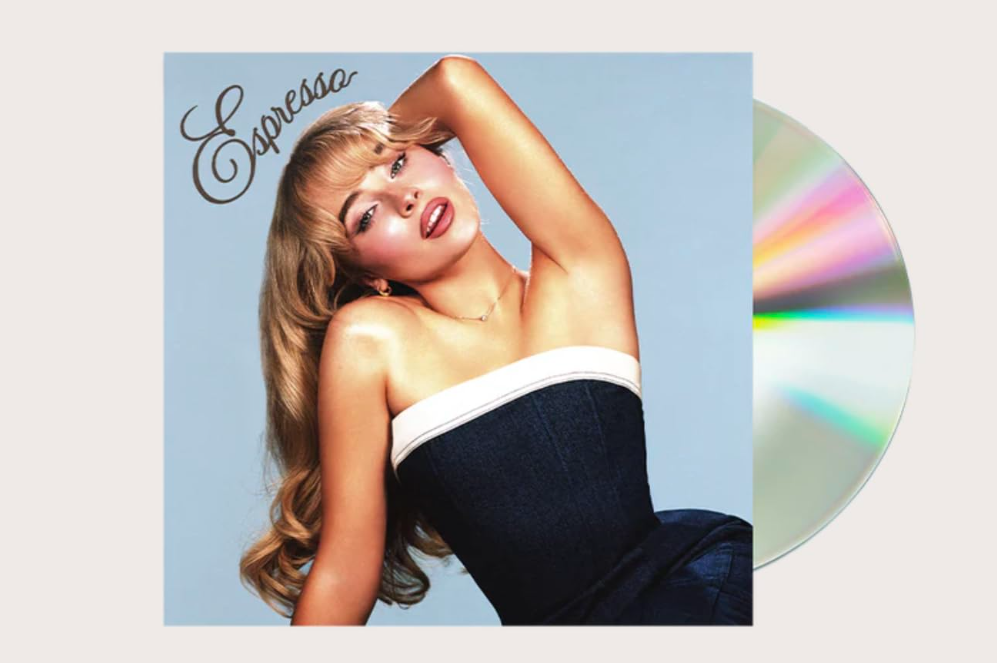
Caught in the algorithm trap, “Espresso” by Sabrina Carpenter prioritizes TikTok virality over memorable songcraft. Released April 11, 2024, the track dominated social platforms through catchy production and flirtatious energy while offering little beneath its polished exterior.
The resulting song functions like fast fashion—trendy but disposable, designed for immediate consumption rather than lasting appreciation. Critics identified derivative production resembling established artists, creating something instantly recognizable but quickly forgotten. “Espresso” encapsulates modern streaming strategy—optimize for algorithm placement and social sharing while minimizing artistic risk. For anyone searching for the perfect case study in content calibrated for algorithmic success rather than artistic meaning, this caffeine hit delivers temporary energy with inevitable crash.
1. Parking Lot by Mustard ft. Travis Scott

Star power without creative spark yields diminishing returns, as “Parking Lot” demonstrates with painful clarity. Released June 21, 2024, this track attempted marketplace relevance through name recognition rather than artistic innovation, resulting in a forgettable entry in both artists’ catalogs.
The track feels assembled rather than created—musical components arranged with technical competence but emotional vacancy. Processed vocals and standard production create the same response as template-generated content—technically adequate but fundamentally soulless. “Parking Lot” represents the industrialization of artistic collaboration—corporate synergy disguised as creative partnership. If you’re tired of substance-free collaborations that sound more like business transactions than artistic expression, this particular track provides compelling evidence.





